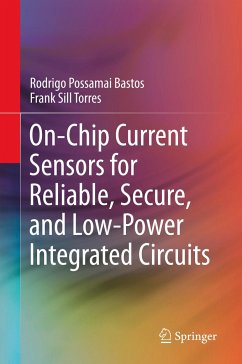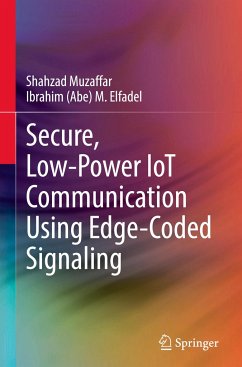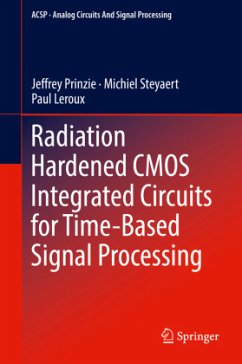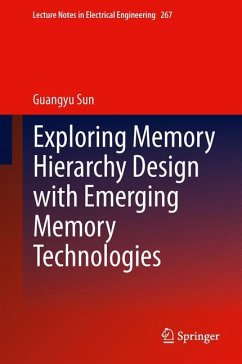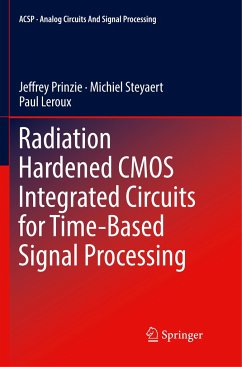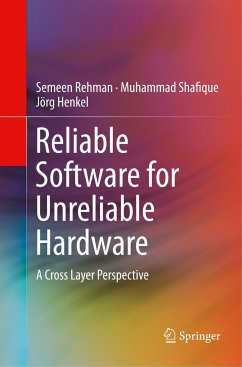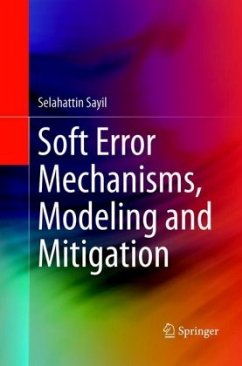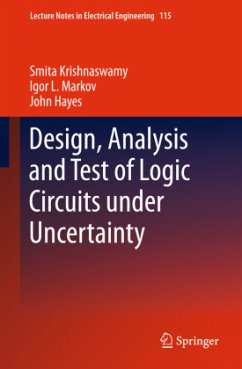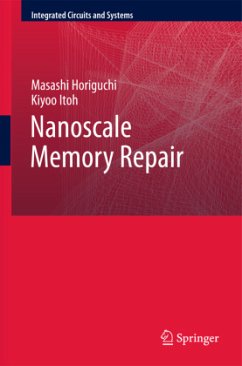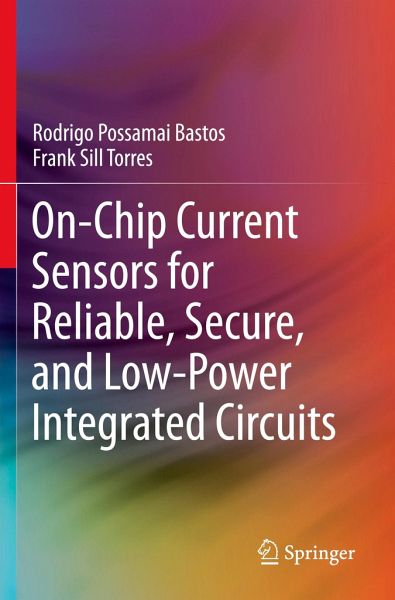
On-Chip Current Sensors for Reliable, Secure, and Low-Power Integrated Circuits
Versandkostenfrei!
Versandfertig in 6-10 Tagen
43,99 €
inkl. MwSt.
Weitere Ausgaben:

PAYBACK Punkte
22 °P sammeln!
This book provides readers with insight into an alternative approach for enhancing the reliability, security, and low power features of integrated circuit designs, related to transient faults, hardware Trojans, and power consumption. The authors explain how the addition of integrated sensors enables the detection of ionizing particles and how this information can be processed at a high layer. The discussion also includes a variety of applications, such as the detection of hardware Trojans and fault attacks, and how sensors can operate to provide different body bias levels and reduce power cost...
This book provides readers with insight into an alternative approach for enhancing the reliability, security, and low power features of integrated circuit designs, related to transient faults, hardware Trojans, and power consumption. The authors explain how the addition of integrated sensors enables the detection of ionizing particles and how this information can be processed at a high layer. The discussion also includes a variety of applications, such as the detection of hardware Trojans and fault attacks, and how sensors can operate to provide different body bias levels and reduce power costs. Readers can benefit from these sensors-based approaches through designs with fast response time, non-intrusive integration on gate-level and reasonable design costs.





